BMC Roadmachine 01 Four Di2 Disc road bike review
BMC aims to provide comfort without sacrificing fun, and it has succeeded - at a price
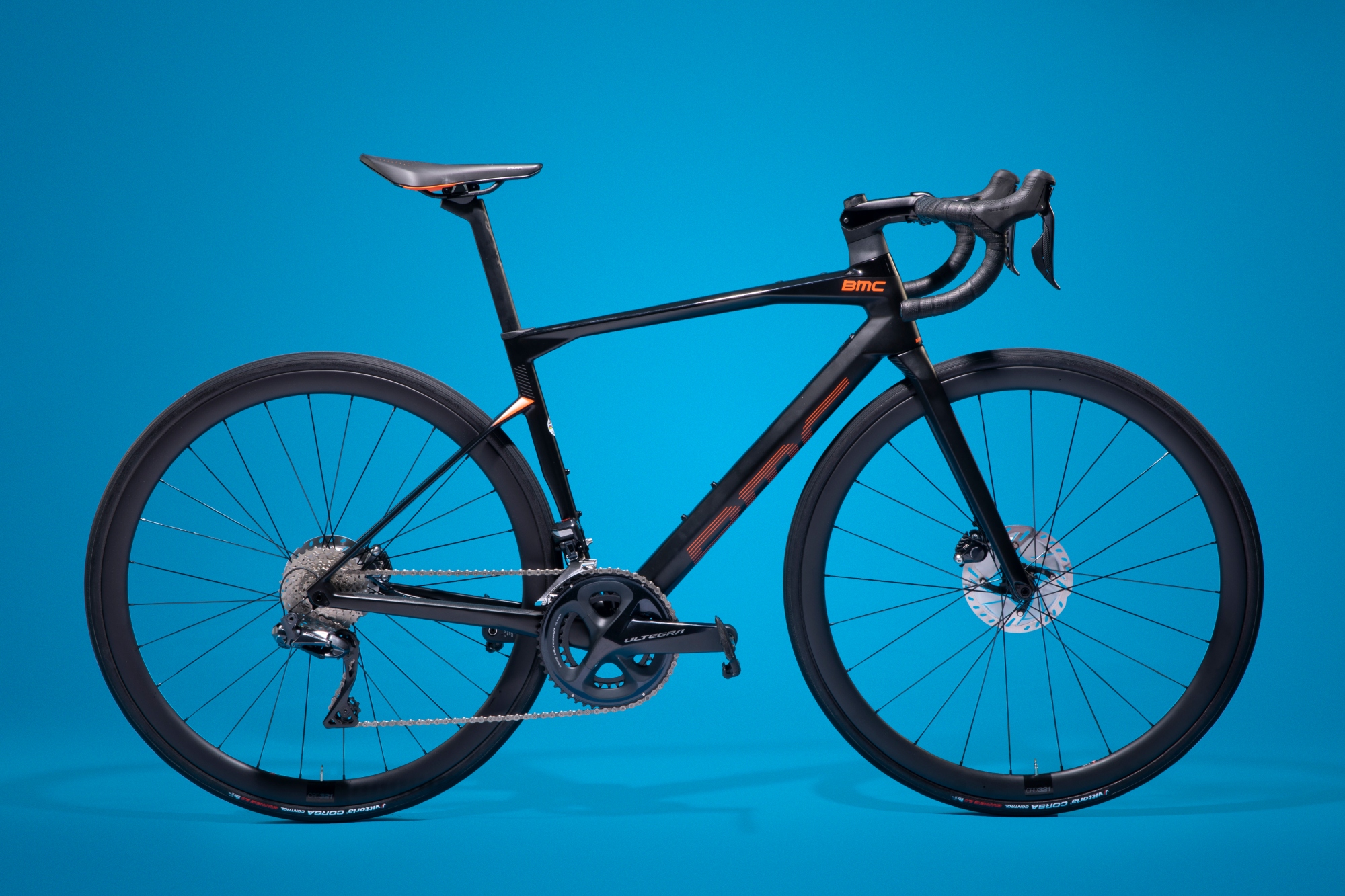
The Roadmachine from BMC blends much of the performance from the road-race special, the Teammachine, with a slightly more upright geometry and extra cushioning via the tube shapes and the capacity for 33mm tyres. The handling remains quick and responsive, and there's no lack of power transfer. This is an excellent bike for those who want comfort without sacrificing speed. I'd like to see the seatpost fixing receive a little attention, and the value for money isn't up there with the best - but if you're after a bike with a solid reputation that's still a little bit out of the ordinary then this is a good choice.
-
+
Comfort/handling blend
-
+
Tidy two-piece front end
-
+
Plenty of tyre clearance
-
-
Value
-
-
Sticky seatpost
-
-
No mudguard mounts
You can trust Cycling Weekly.

The bike for the archetypal road(wo)man, the BMC Roadmachine 01 Four aims to appease the cyclist who just loves cycling, the rider who wants to spend all day out there pummelling the tarmac, not necessarily at the fastest rate available but not at a slow march either.
The Roadmachine is an all-rounder with ride quality, handling and comfort considered over aerodynamics and weight-weenyism.
On this goal, I'd say BMC has delivered. But that's not to say there weren't a few niggles that cropped up during the testing period.
Like BMC's other 'machines', the range is divided into the '01' models, which use top-end carbon and integrated aero cockpits, whilst the standard models are cheaper with slightly lower-grade carbon and less jigsaw-esque stem configurations (which isn't always a bad thing). This being the 01 Four, it comes with the top-of-the-range frame and Ultegra Di2 shifting.
BMC Roadmachine 01 Four Di2 Disc road bike: the frame and spec
At its last redesign, Swiss brand BMC claimed it had increased the rear end compliance offered by its BMC Roadmachine by 25 per cent. This seems somewhat extreme and is impossible for us to verify. Marketing claims aside, there are several attributes of the bike which do incline it towards comfort on rutted roads.
First, the Roadmachine can accommodate tyres up to 33m, though BMC has chosen to spec it with more middle-ground 28mm Vittoria Corsa Control rubber. The specced tyre choice matches the bike well for me, but it's nice to know there is room to bump them up should you plan to traverse some cobbles, for example.
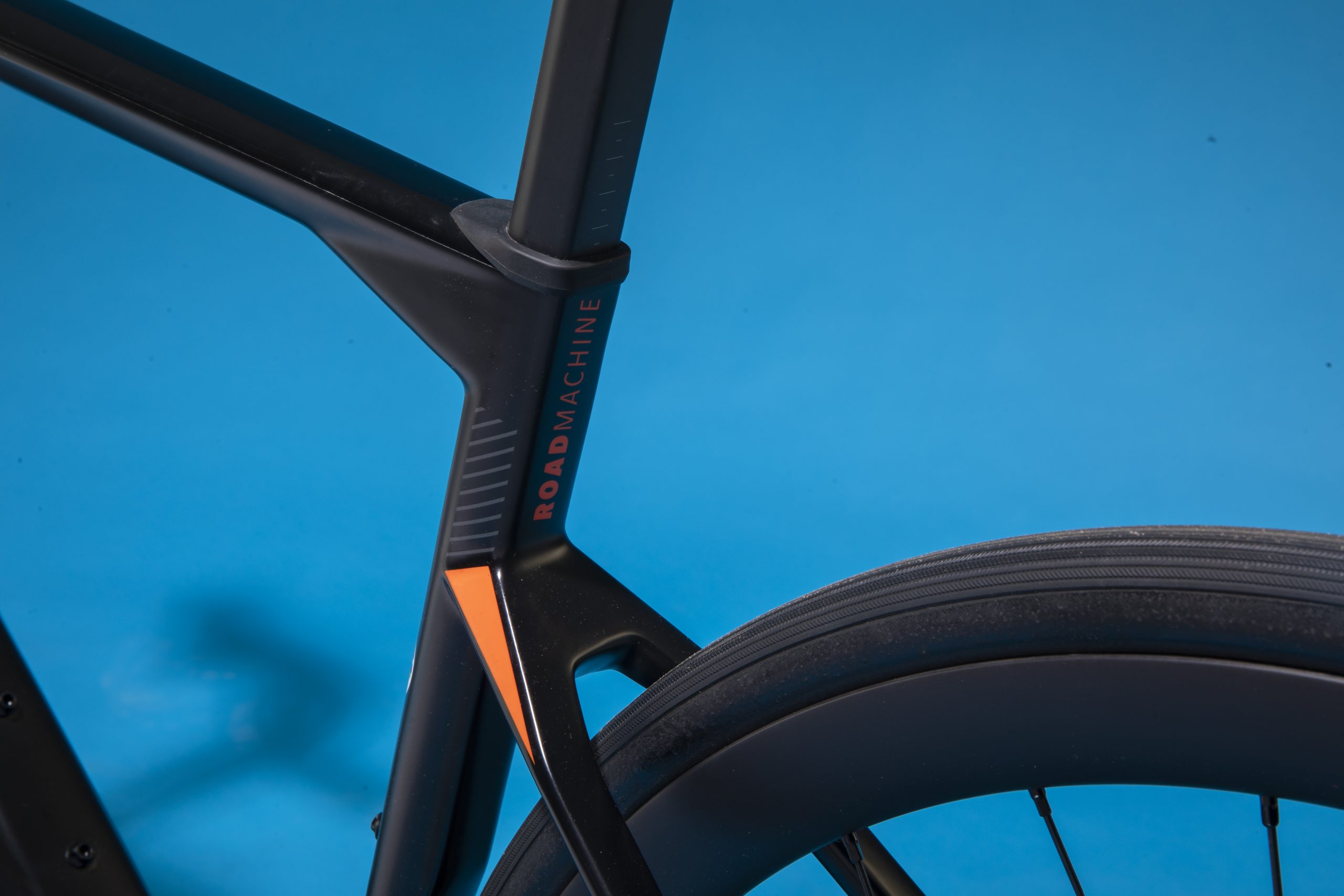
The carbon seatpost is D-shaped, like the WorldTour-ready Teammachine. Seatposts make a dramatic difference to compliance since they flex far more than the frame ever will, so there's no doubting that this will contribute to comfort. The sloping top tube means that there is more seatpost exposed than there would be with a straight angle. The stock seatpost comes with a 15mm offset but zero offset options are available.
The seatpost itself is affixed further down the seat tube, with a bolt located underneath the top tube; a hole on the top tube is covered by a rubber bung. This system uses a barrel nut, which has an interesting knack of getting jammed. To release it, BMC's distributor ZyroFisher says you just need to "tap the bolt with a hammer on the Allen key." You can also whack the nose of the saddle on each side. Either way, the result is a 'clunk' which honestly isn't a nice noise to hear when working on a £6,200 bike, but it does work and won't do any harm.
Apart from the geometry, which we'll come to later, what sets the Roadmachine frame apart from the Teammachine is the tube shapes. BMC's fancy name for this is Angle Compliance tech: the seatstays (which are dropped) in particular use a much flatter shape and the top tube has a diamond angle to it at the seat tube and head tube junctions, with more interesting flattened edges at the fork. All of these shapes take the frame further away from the round tube shapes that are associated with comfort, but they're also at odds with the deep, aero and stiff tubes of the Teammachine, and BMC says that they're shaped this way to add compliance without sacrificing handling stiffness.
Somewhat bizarrely, the reach on the Roadmachine is longer than that on the more aggressive Teammachine, at 382mm on my size 51 vs 377 on the race bike in the same size. The handlebar reach comes in at 77mm and 67mm respectively, but the difference there is made up by a 10mm shorter stem on the Roadmachine. The stack is however 11mm higher, at 541mm on this size 51. This puts the rider in a more upright position, but it's no slouch, the stem angle is still -12.5° which is more heads-down than the traditional -6°.
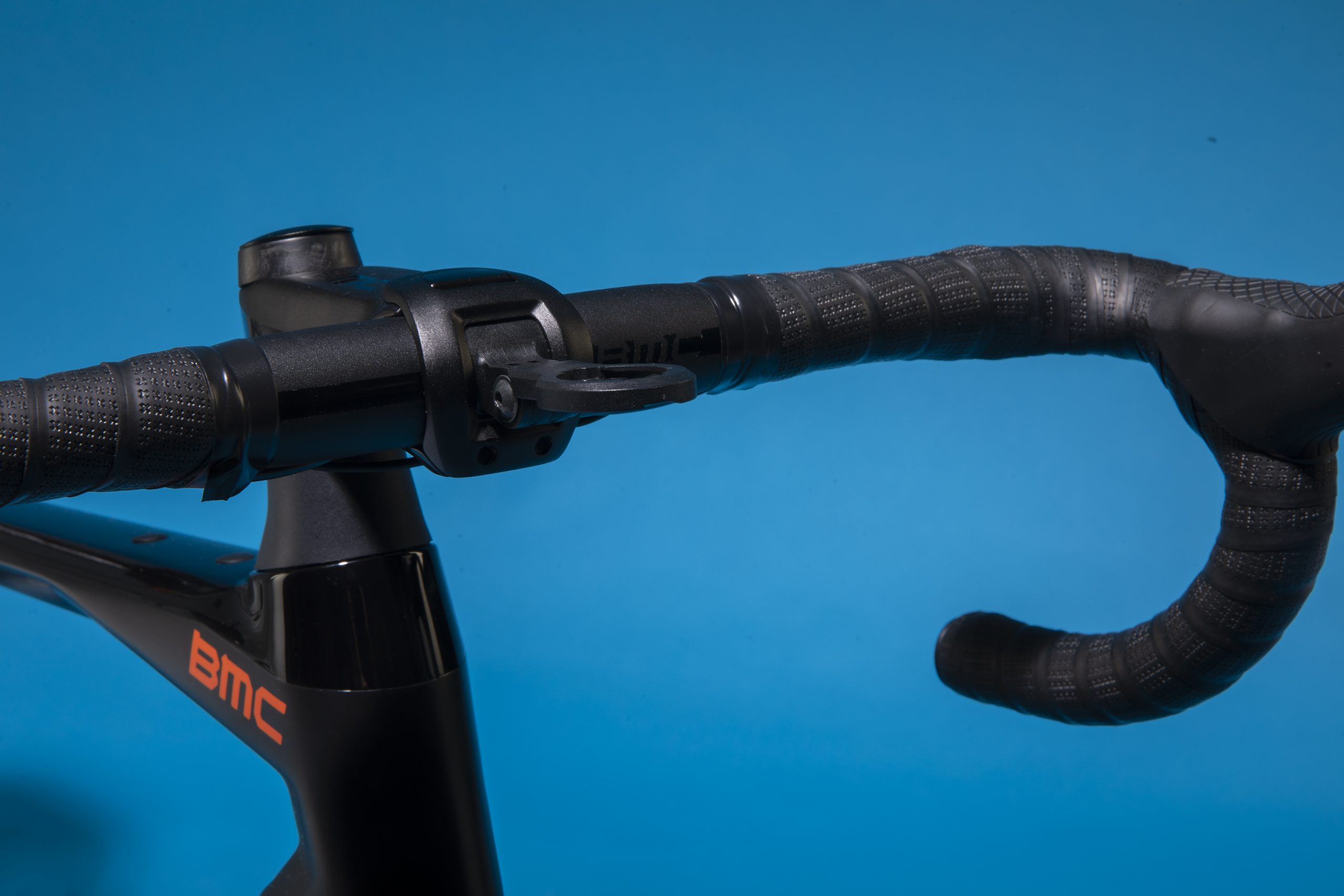
At 1mm under a metre, the wheelbase sits at 999mm with a 71.2º head angle (just 0.3º slacker than the racer). All of this adds up to a bike that's comfortable for long days in the saddle, and corners with a feeling of stability, but is no 'armchair'. For comparison's sake, the Trek Domane in a size 52 has a stack height of 561mm, reach of 371mm and a 1,003mm wheelbase. BMC has made this bike more relaxed than its WorldTour bike but not to the point that it's sacrificed quick handling.
At the front end, BMC uses its BMC Integrated Cockpit Design stem and BMC Rab handlebar, with the brake and gear cables (assuming you're not running eTap) running through a spacer under the stem and into the head tube.
The spacers are split, and the bike comes shipped with two headset top caps - one at 7.2mm and one at 32mm. Mine came with the 32mm alone, this obviously isn't split so you want to build the bike with the one you intend to use.
The ICS front end is clean looking and more aero than a standard two-piece job, but I have to admit I miss the simplicity of more traditional set-ups, BMC's system is neat and effective but it will be more at home in the hands of a competent mechanic than your average home fettler. A replacement stem will set you back £180, too, if you want to swap the length.
The stem also comes with an integrated computer mount. The mount fitted wasn't actually compatible with my Garmin 1030 - I could squeeze it on (just) but it's left the edge of the computer jammed up against the stem and is really more suited to smaller screens. I imagine there is an adapter available and you can adjust the angle.
The bars fitted on the size 51 measure in at 420mm. I prefer a 360mm or 380mm bar - so whilst BMC's measurements come up quite small compared to other brands, the stock bars were still wider than I'd like.
The Roadmachine uses flat-mount discs, 12x142 and 12x100mm thru axles, with a 160mm rotor at the front and 140mm at the rear, plus PF86 bottom bracket (which won't be so easy on the maintenance front as a threaded variety).

Groupset wise, BMC has opted for Ultegra Di2 with a compact 50/34 chainset and 11-32 cassette, which offers more than enough scope for some seriously hilly Gran Fondos, with Ultegra throughout so no corner-cutting on the chain and cassette. The brand has opted for 170mm cranks on the 47 and 51, boosting up to 172.5 on larger sizes.
The wheels are CRD-321 carbon tubeless ready with matching hubs, they're nothing particularly record breaking but they also don't scream 'upgrade me' with every mile. The profile is a nice middle ground that will provide an aero gain over a box section (a box section to 30mm rim is the greatest saving available) without moving into the territory of deeper wheels that might be off-putting for some riders on windy days.
The bike comes with a Fizik Argo Tempo R5 saddle - which was for once not an awful option for me as stock, thankfully featuring a cutout, but I did swap it during testing for a wider perch.
For those out all day, BMC has added mounts for a bar bag. However, UK riders might feel a bit disappointed that there still aren't mounts for full mudguards.
The brand has added a bolt to the seatpost, which works with its own plastic mudguard - but this would not be up to the standards expected on my own Norwood Paragon club runs. I would be asked to stay at the back of the group, jokingly by some, and with no hint of a laugh by others. BMC is very much focused on performance, but I do see this as an all-round, year-round bike, and in the UK (outside of Covid times), traditional clubs expect you to run mudguards in winter.
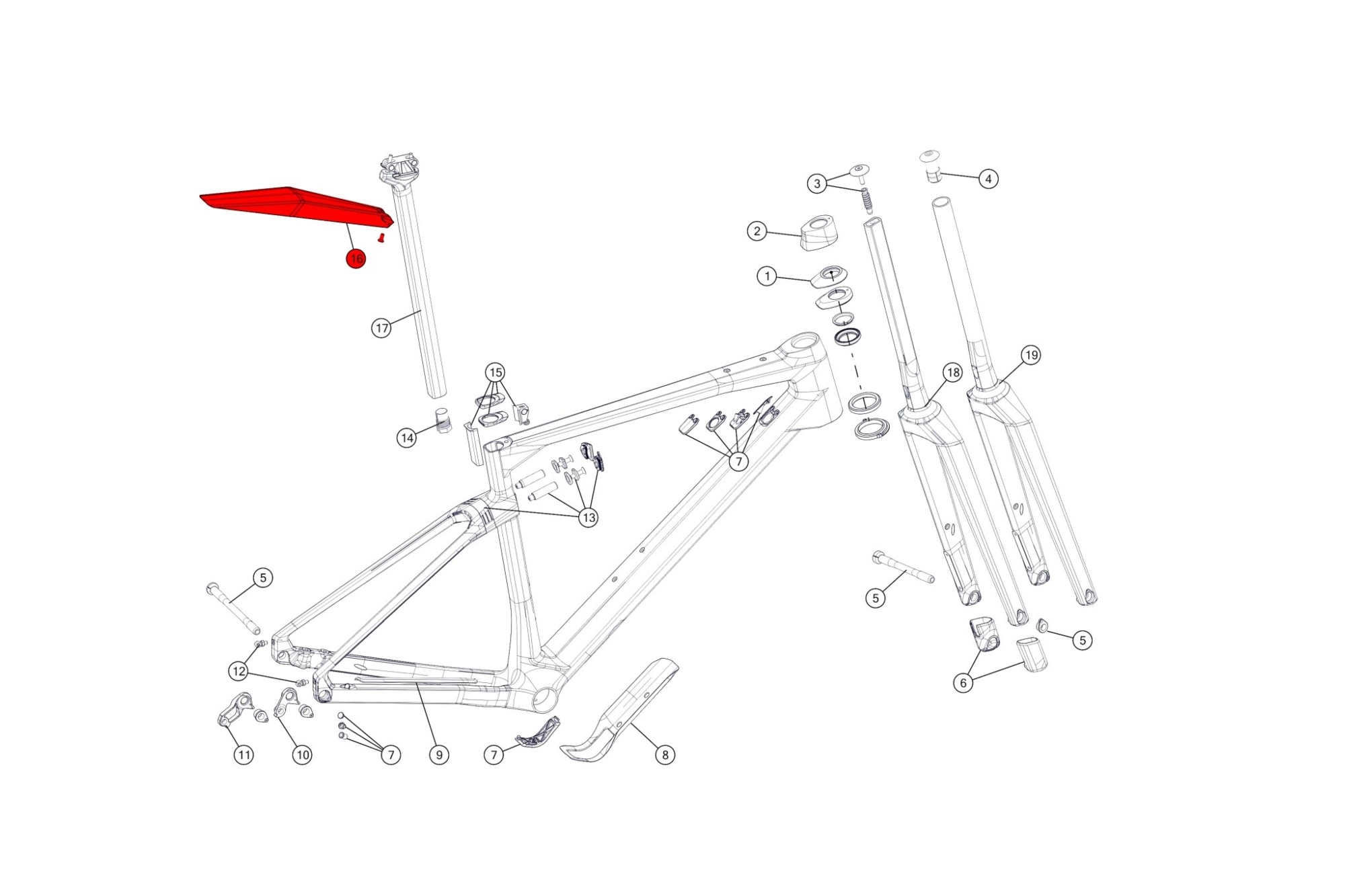
Weight wise, this build came in at 7.78kg which is in-line with competitors.
BMC Roadmachine 01 Four Di2 Disc road bike: the ride
Much of this has been covered above, but the standout feature of the BMC Roadmachine 01, for me, is its balance. It's not an all-out race machine, but neither is it an armchair - the Swiss brand has done a very good job of providing a happy medium.
The higher stack height means that the geometry is quite forgiving, but the length and relatively nippy head angle mean that handling isn't compromised, and though the wheelbase isn't in the arena of quick and flicky crit bikes, I have tested race bikes at the metre mark.
Power transfer feels good, with no discernable flex in the frame when pushing on, whilst the front end feels planted on descents and into the corners. At 7.78g, it's not a heavy bike and climbed well. Of course, it won't trouble the thoroughbred racers, but it's not meant to and disc brakes with 28mm tyres will always add a bit of heft over the feathers of the climbing world.
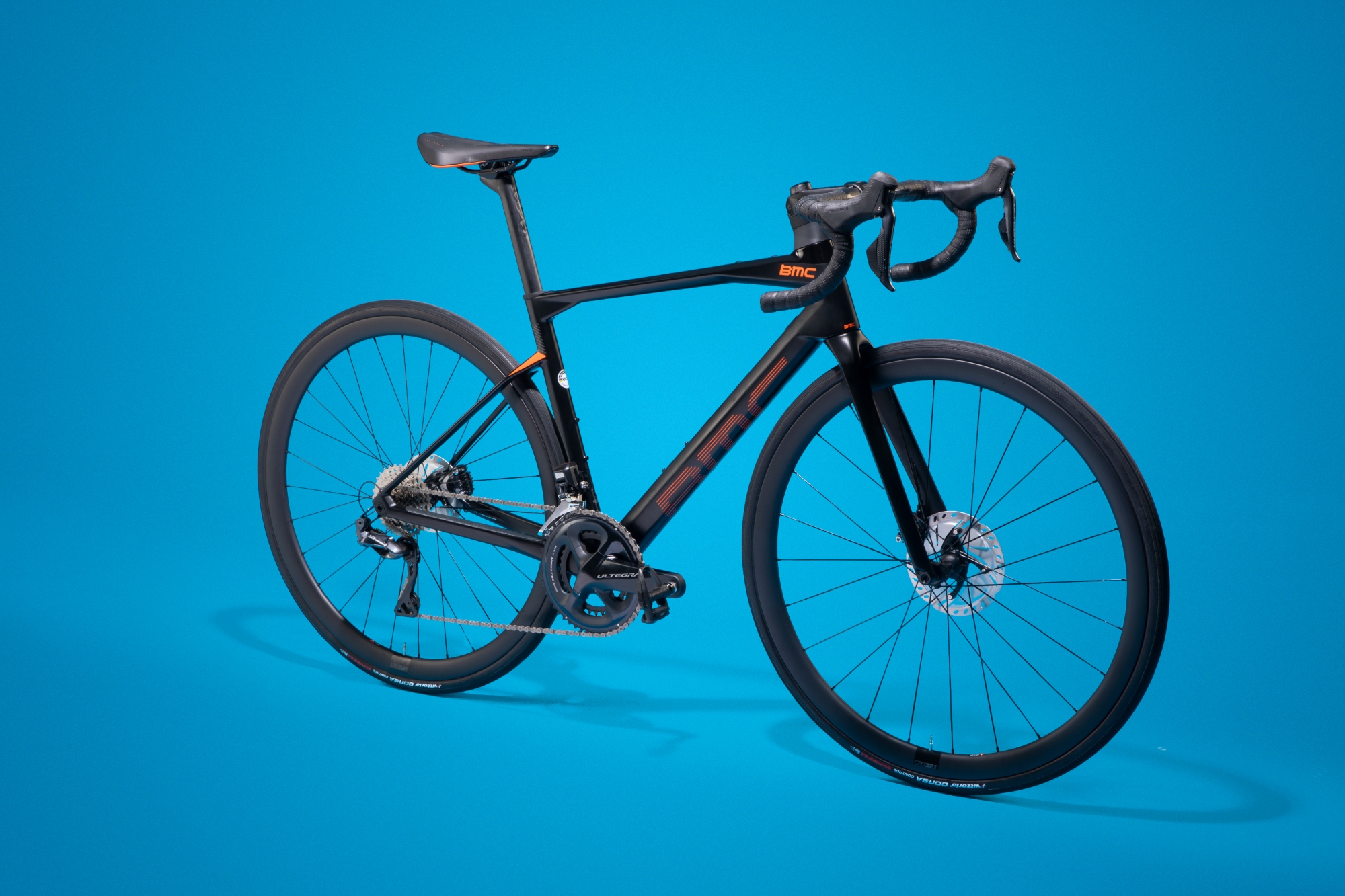
The 28mm tyres specced are a happy compromise for me, between speed, comfort and grip in the corners, and the tyres have proved resilient with no flats after well over 500km on the winter roads of Surrey, Sussex and Kent.
One point of note is that throughout testing, the disc brakes on this bike remained stunningly quiet. I'm not sure if it was better precision at the frame mounts, the excellent brake pad set-up or some other factor never to be revealed - but I didn't pick up any rubbing at all.
I was disappointed with the 'clonk' needed at the seatpost - it feels like unnecessary brutality for a bike at this price range, and it's something which should be relatively easy for BMC to address in the future.
BMC Roadmachine 01 Four Di2 Disc road bike: value
BMC isn't a brand that's renowned for its value: £6,200 for Ultegra Di2 and fairly stock wheels. A Specialized Roubaix with Ultegra Di2 comes in at £5,000, a Giant Defy with SRAM Force AXS is £5,499 whilst the Domane SL7 with Ultegra Di2 comes in at £5,700. Whichever way you look at it, the Roadmachine is more expensive. It does however bring with it the knowledge that you've gone for a slightly more unique brand choice, but we can't promise the performance justifies the price hike.

Thank you for reading 20 articles this month* Join now for unlimited access
Enjoy your first month for just £1 / $1 / €1
*Read 5 free articles per month without a subscription

Join now for unlimited access
Try first month for just £1 / $1 / €1
Get The Leadout Newsletter
The latest race content, interviews, features, reviews and expert buying guides, direct to your inbox!
Michelle Arthurs-Brennan the Editor of Cycling Weekly website. An NCTJ qualified traditional journalist by trade, Michelle began her career working for local newspapers. She's worked within the cycling industry since 2012, and joined the Cycling Weekly team in 2017, having previously been Editor at Total Women's Cycling. Prior to welcoming her first daughter in 2022, Michelle raced on the road, track, and in time trials, and still rides as much as she can - albeit a fair proportion indoors, for now.
Michelle is on maternity leave from April 2025 until spring 2026.
-
 'One of the hardest races I've ever done in my life' - Tadej Pogačar finishes runner-up on Paris-Roubaix debut after crash
'One of the hardest races I've ever done in my life' - Tadej Pogačar finishes runner-up on Paris-Roubaix debut after crashWorld champion reacts to 'extremely hard' battle with Mathieu van der Poel
By Tom Davidson Published
-
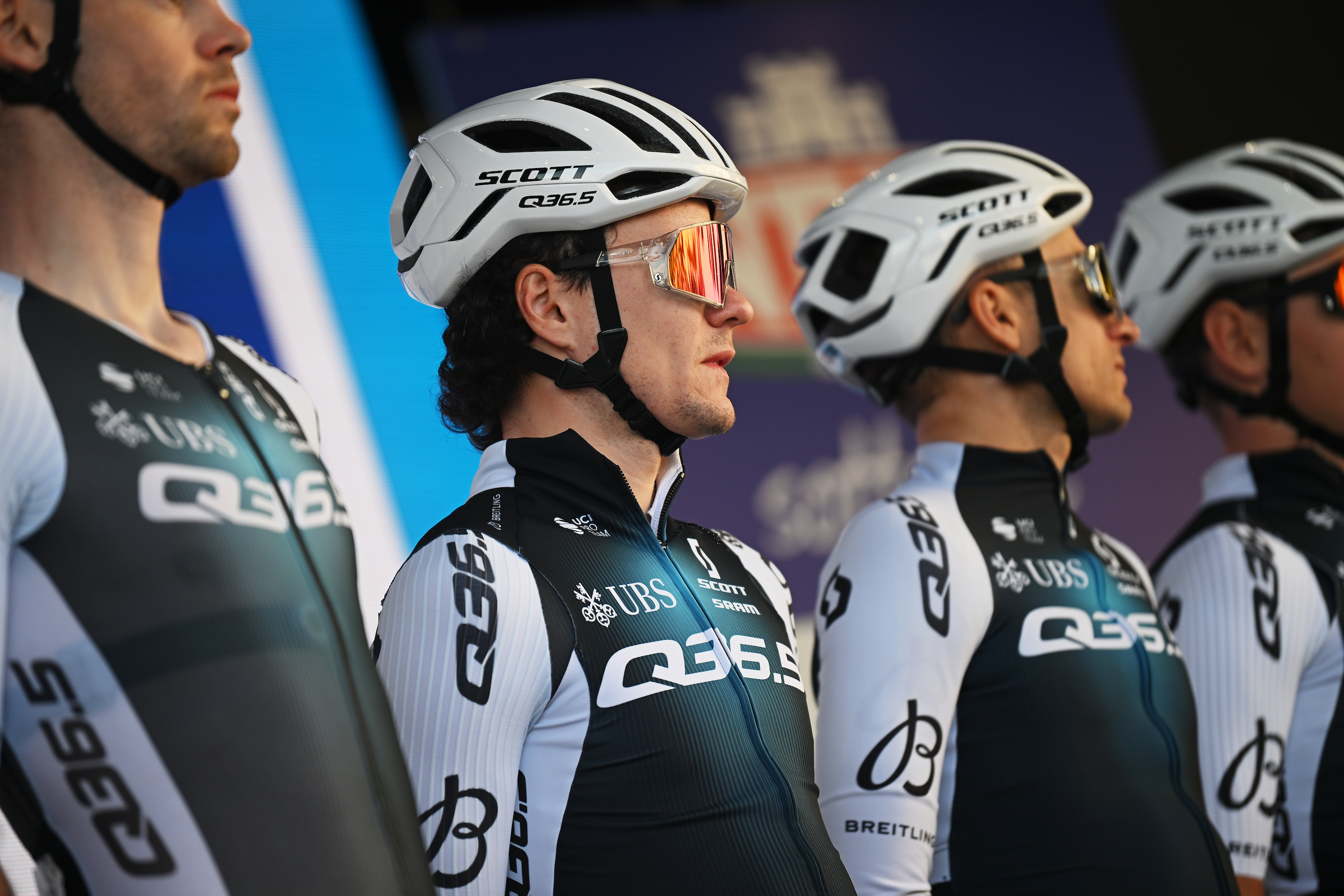 'I thought it would be dark by the time I got here' - Joey Pidcock, the last rider to finish Paris-Roubaix, on his brutal day out
'I thought it would be dark by the time I got here' - Joey Pidcock, the last rider to finish Paris-Roubaix, on his brutal day outQ36.5 rider finishes outside time limit, but still completes race with lap of the Roubaix Velodrome
By Adam Becket Published
-
 The stats behind Mathieu van der Poel’s record-breaking Roubaix success
The stats behind Mathieu van der Poel’s record-breaking Roubaix successThe Dutchman's eighth success in a Monument underlined his standing among the Classics greats
By Peter Cossins Published